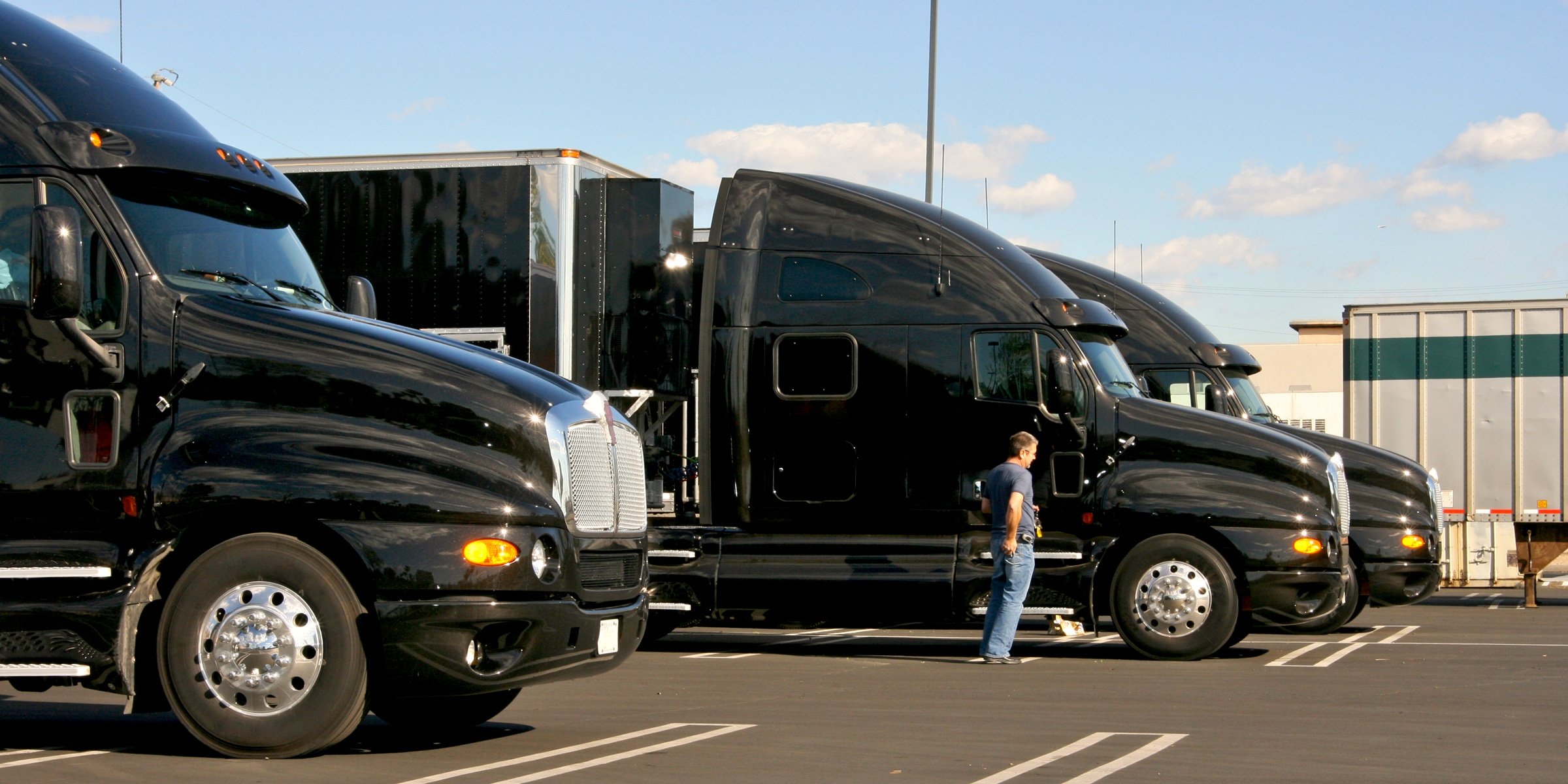The Financial Impact of Distracted Driving

Distractions are a high-risk exposure that motor carriers cannot overlook. Incidents like a distracted employee slipping in the shop or losing focus while driving and hitting another vehicle can have a lasting, negative impact on your company’s bottom line.
Mobile devices are the top-of-mind culprit these days, but distractions come in many forms and each can lead to the same result: lost revenue, decreased profits, or both.
Calculating the financial impact of losses – such as those caused by distractions – cannot be overlooked by motor carriers. According to the National Safety Council, the average cost of a work-related injury requiring medical consultation is around $41,000. This includes the direct costs associated with the loss, including wage losses, medical expenses, administrative expenses, etc.
Additional indirect costs, such as the cost of training replacement workers, a decreas in customer service, and so on can also be added to the loss total. So, where does the money come from to pay for this unbudgeted expense?
Insurance may pay for part of it, but what if the company has to pay out of pocket for these expenses? If cash is not readily available, the company has two options: decrease expenses to create a cash surplus or increase revenue.
Decreasing expenses could mean staff reductions, cutting employee benefits, or other unpopular measures that could have negative ramifications (i.e., low morale, higher turnover, etc.). On the flip side, increasing revenue is another option, but how much extra revenue must be generated to pay for an unbudgeted loss? This extra revenue is called Loss Revenue. To calculate Loss Revenue, a motor carrier can follow these simple steps:
1. Calculate profit
Formula: Revenue - Expenses = Profit
Example: Suppose for every $100 of revenue generated, your company pays out $95 in operating expenses. Your profit is five dollars ($100 - $95 = $5).
2. calculate profit margin
Formula: Profit ÷ Revenue = Profit Margin
Example: With a profit of $5 for every $100 of revenue, your profit margin is five percent ($5 ÷ $100 = 5%).
3. calculate loss revenue
Formula: (Cost of Loss x 100) ÷ Profit Margin = Loss Revenue
Example: A $41,000 loss requires you to generate an additional $820,000 in revenue to maintain your current profit margin
($41,000 x 100) ÷ 5 = $820,000.
As you can see, proactively addressing distractions can help save time, lives, and money. For more information on loss prevention options, please contact your agent or Great West safety representative.
CALL TO ACTION
-
Train all employees on avoiding distracted driving incidents.
-
Track the direct and indirect costs associated with every vehicle and work-related incident.
-
Calculate the financial impact of each loss as part of a post-incident review.
-
Maintain records on all vehicle and work-related incidents, including an accident register, incident log, reports, and receipts.
Note: These lists are not intended to be all-inclusive.
The information in this article is provided as a courtesy of Great West Casualty Company and is part of the Value-Driven® Company program. Value-Driven Company was created to help educate and inform insureds so they can make better decisions, build a culture that values safety, and manage risk more effectively. To see what additional resources Great West Casualty Company can provide for its insureds, please contact your safety representative, or click below to find an agent.
© Great West Casualty Company 2021. The material in this publication is the property of Great West Casualty Company unless otherwise noted and may not be reproduced without its written consent by any person other than a current insured of Great West Casualty Company for business purposes. Insured should attribute use as follows: “© Great West Casualty Company 2021. Used with permission by Great West Casualty Company.”
This material is intended to be a broad overview of the subject matter and is provided for informational purposes only. Great West Casualty Company does not provide legal advice to its insureds, nor does it advise insureds on employment-related issues. Therefore, the subject matter is not intended to serve as legal or employment advice for any issue(s) that may arise in the operations of its insureds. Legal advice should always be sought from the insured’s legal counsel. Great West Casualty Company shall have neither liability nor responsibility to any person or entity with respect to any loss, action, or inaction alleged to be caused directly or indirectly as a result of the information contained herein.





